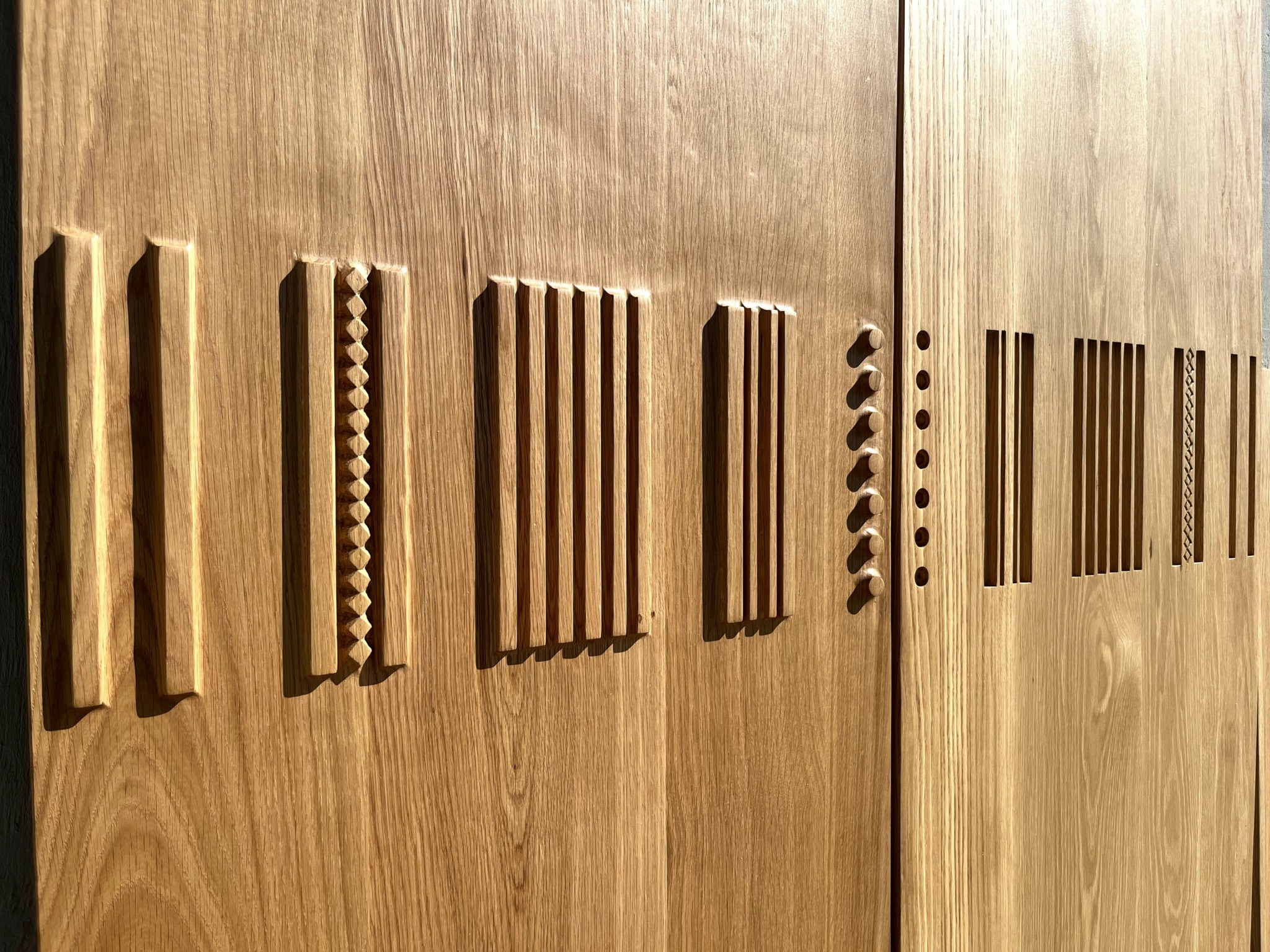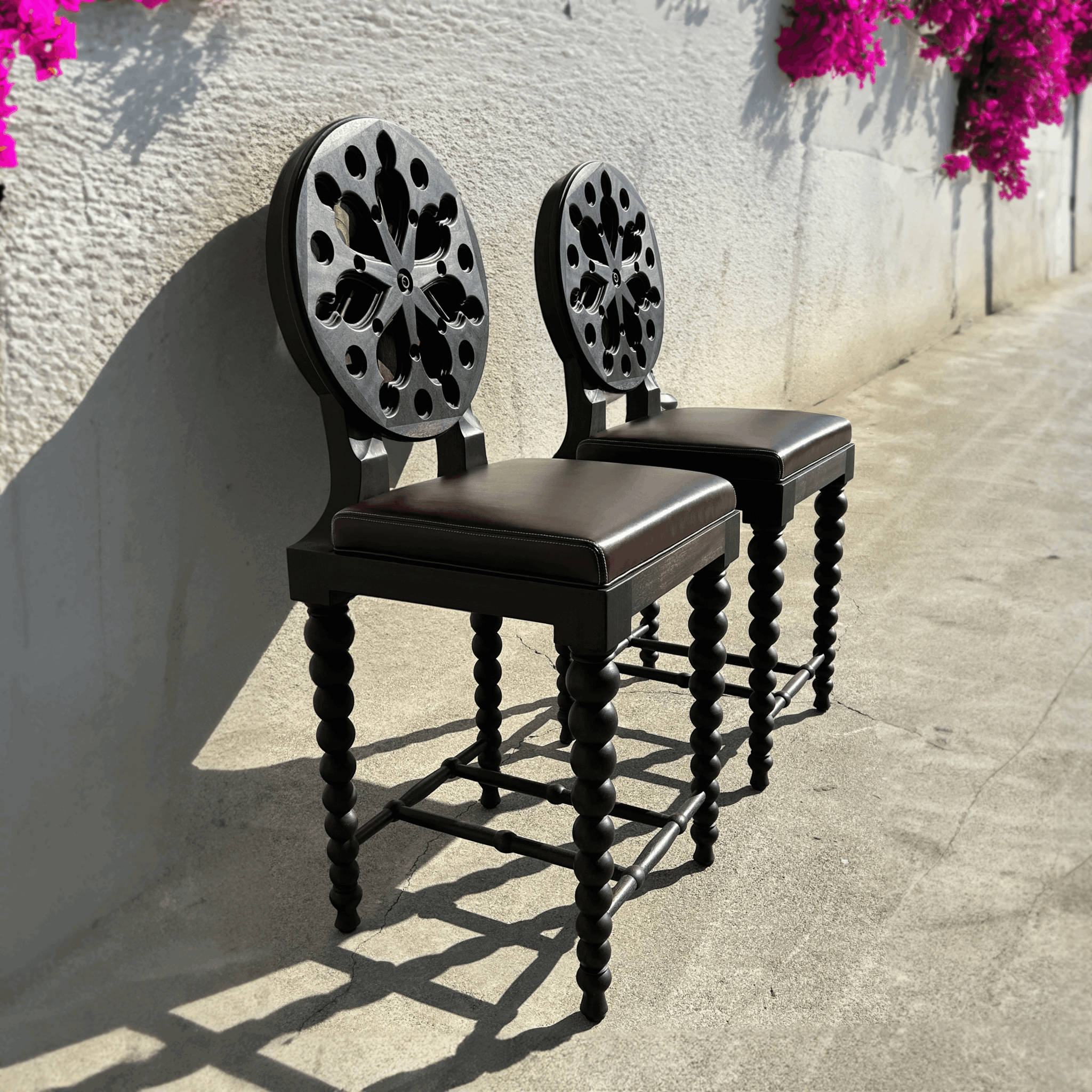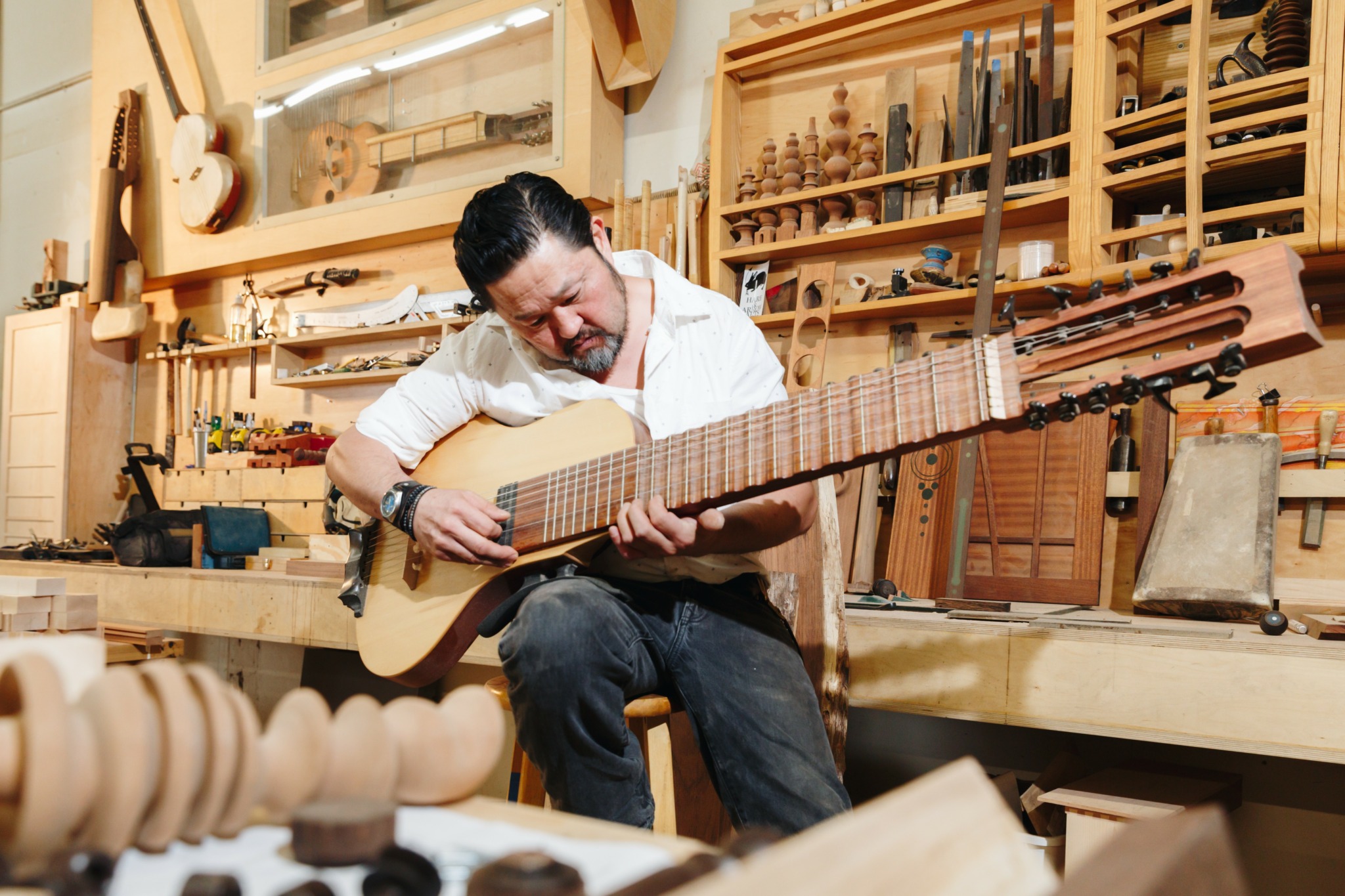Alright – so today we’ve got the honor of introducing you to Sung Kim. We think you’ll enjoy our conversation, we’ve shared it below.
Alright, Sung thanks for taking the time to share your stories and insights with us today. Earning a full time living from one’s creative career can be incredibly difficult. Have you been able to do so and if so, can you share some of the key parts of your journey and any important advice or lessons that might help creatives who haven’t been able to yet?
Yes, I’ve been fortunate to make a living through creativity, but it’s come with compromises – especially in terms of the scope of work I’ve been able to take on. The definition of what it means to be a “professional sculptor” had to expand when I was young.
Early in my career, I focused on doing what I love most: manifesting physical objects. But a big question has always been – what kinds of projects fall under that umbrella, and how can I make them marketable?
At the start, that umbrella was wide. Digging holes, building fences, constructing decks, trade show booths, exhibit work, finish carpentry, all of it counted as creative work because it involved making something tangible. Over time, though, I’ve been able to refine that focus, thanks to networking, branching out, and better understanding the kinds of projects that truly resonate with me, and incorporating the skills I earned doing the wide array of work early in my career.
Now, I’m fortunate to take on more intentional, design-driven work – projects where I have full creative control and where the final outcome offers something unique, something that can’t easily be found elsewhere.
If there’s one lesson I wish I’d learned sooner, it’s that working for “exposure” rarely leads anywhere, except more offers of work for exposure. Learning to value my time and my craft has been a hard-earned but crucial skill.


As always, we appreciate you sharing your insights and we’ve got a few more questions for you, but before we get to all of that can you take a minute to introduce yourself and give our readers some of your back background and context?
My name is Sung Kim, founder of Hare & Arrow Arts. I approach each project as a unique opportunity to merge diverse aesthetics and ideas into a cohesive, timeless design. Drawing inspiration from music, visual arts, and history, I strive to create objects that wouldn’t exist otherwise- and to build them with as much consideration as possible.
At Hare & Arrow Arts, we specialize in bespoke furniture and millwork, crafting pieces that are both practical and visually engaging. Our projects range from custom kitchens to sculptural installations, each tailored to the client’s vision and the character of the space they reside in. This philosophy was exemplified in “Play By Ear”, an exhibit at the Bay Area Discovery Museum, where we merged sculpture with music to create an interactive experience for children.
I’m not interested in mass production or repeating ideas. Every piece is a response to its context, designed to function beautifully and last.


Are there any resources you wish you knew about earlier in your creative journey?
I’ve always been extremely insular, and never networked. If I had met other creatives that are going through the same experiences earlier in my career, it would have been extremely helpful. I believe it is extremely difficult to do this alone without any community. The big thing is, you have to leave the shop sometime.


Have you ever had to pivot?
At one point, the only audience I really had was kitchen cabinetry. For nearly a decade, I focused my work on these, and let them be an exercise. Any time I made a white-painted french country kitchen, it felt like a departure/pivot from my career, but sometimes you have to do that. My goal was ultimately to design and create things that did not exist, yet there I was making traditional kitchens because that was the market available to me.
Contact Info:
- Website: https://hareandarrowarts.com/
- Instagram: @sungkimhareandarrow , @hareandarrowarts


Image Credits
Main photo, and second photo of hands by Kala Minko


